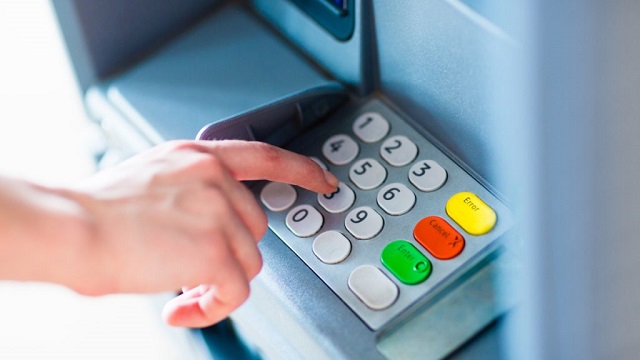
Maintaining and servicing ATMs in remote or low-traffic areas is becoming less cost-effective for banks
ANALYSIS | AGENCIES | Absa, Standard Bank, and FNB have been closing ATMs over the last five years, while Capitec has significantly increased its ATM footprint.
Banks in South Africa are closing ATMs due to a combination of factors, including increased digital banking adoption, high operational costs, and security concerns.
As more customers transition to online and mobile banking, the demand for physical ATMs has decreased.
Maintaining and servicing ATMs in remote or low-traffic areas is becoming less cost-effective for banks.
Additionally, the rising incidence of ATM-related crimes, such as vandalism and theft, has made it more challenging and expensive to ensure the security of these machines.
Consequently, banks are focusing on enhancing digital services and infrastructure to meet the evolving needs of their customers.
According to The Outlier, Absa, which had the highest number of ATMs in 2019, shut down nearly 3,500 of them as its customers shifted to eCommerce and digital platforms.
The majority of closures occurred between 2020 and 2022. Absa indicated that its ATM footprint has remained steady over the last year.
The slight reduction in ATM numbers was primarily due to occasional violent crime, including instances of bombing at specific ATM locations, making it impractical to replace the units.
Standard Bank has decreased its count of ATMs from 9,321 to 6,232 over the past five years. However, this does not indicate that the bank is no longer investing in its ATM network.
On the contrary, it is enhancing its ATMs with new technology to enhance transaction speed and service quality.
The new ATMs have enhanced capacity and provide additional client services, such as real-time acceptance, validation, and recycling of bulk cash.
Additionally, users are able to print or email official bank documents like account statements, proof of banking details, and confirmation of deposits at the ATM.
This initiative is part of a five-year plan, which will entail either removing or relocating low-usage ATMs to more convenient and accessible areas for clients.
Despite cash withdrawals not having fully rebounded from their decline during the COVID-19 period, ATM cash deposits have shown an increase.
Between 2019 and 2024, FNB decreased its ATM network from 5,780 machines to 4,790, signalling a reduction of 990 ATMs.
FNB clarified that this decision was based on ongoing assessments of device placement, aligned with local market dynamics and device economics.
Despite the reduction in ATMs, FNB stated that it was implementing more ADTs (automated deposit tellers) to offer expanded functionality to customers.
In contrast, Nedbank recorded a modest increase of 19 ATMs since 2019 despite removing 62 outdated devices within the past two years.
The bank highlighted a growing demand for ATM services, even from non-Nedbank customers.
However, Nedbank acknowledged the rising popularity of digital payments and transfers, which may potentially impact future ATM transaction growth.
With news of the legacy banks scaling down their brick-and-mortar networks, it’s no surprise to see a reduction in overall branch numbers across the banks.
However, Capitec has increased its reach to include 840 branches and 5,011 ATMs. MyBroadband reported that Capitec increased its number of ATMs from 5,011 in 2019 to 8,382 in 2024.
Capitec said the demand for ATM services depends on numerous factors, including economic growth and the interest rate.
However, it highlighted that digital solutions increased the options available to clients, impacting the use of cash in South Africa.
The numbers
BusinessTech’s analysis highlights a notable decline in the number of ATMs in South Africa, with the count dropping from 33,171 in 2019 to 28,967 in 2023/2024.
This substantial reduction of 4,204 ATMs across the country reflects a shift in consumer behaviour towards reduced cash usage and the embrace of advanced banking technology, exemplified by Standard Bank’s innovative ATMs.
Additionally, the emergence of alternate cash access points, such as TymeBank’s network of 15,000 service points at major retailers and in-store kiosks, has contributed to the decreased reliance on traditional ATMs.
This trend not only offers enhanced convenience but also addresses security concerns, as traditional ATMs are often targeted by criminals, posing risks to individuals accessing cash services.
 The Independent Uganda: You get the Truth we Pay the Price
The Independent Uganda: You get the Truth we Pay the Price



